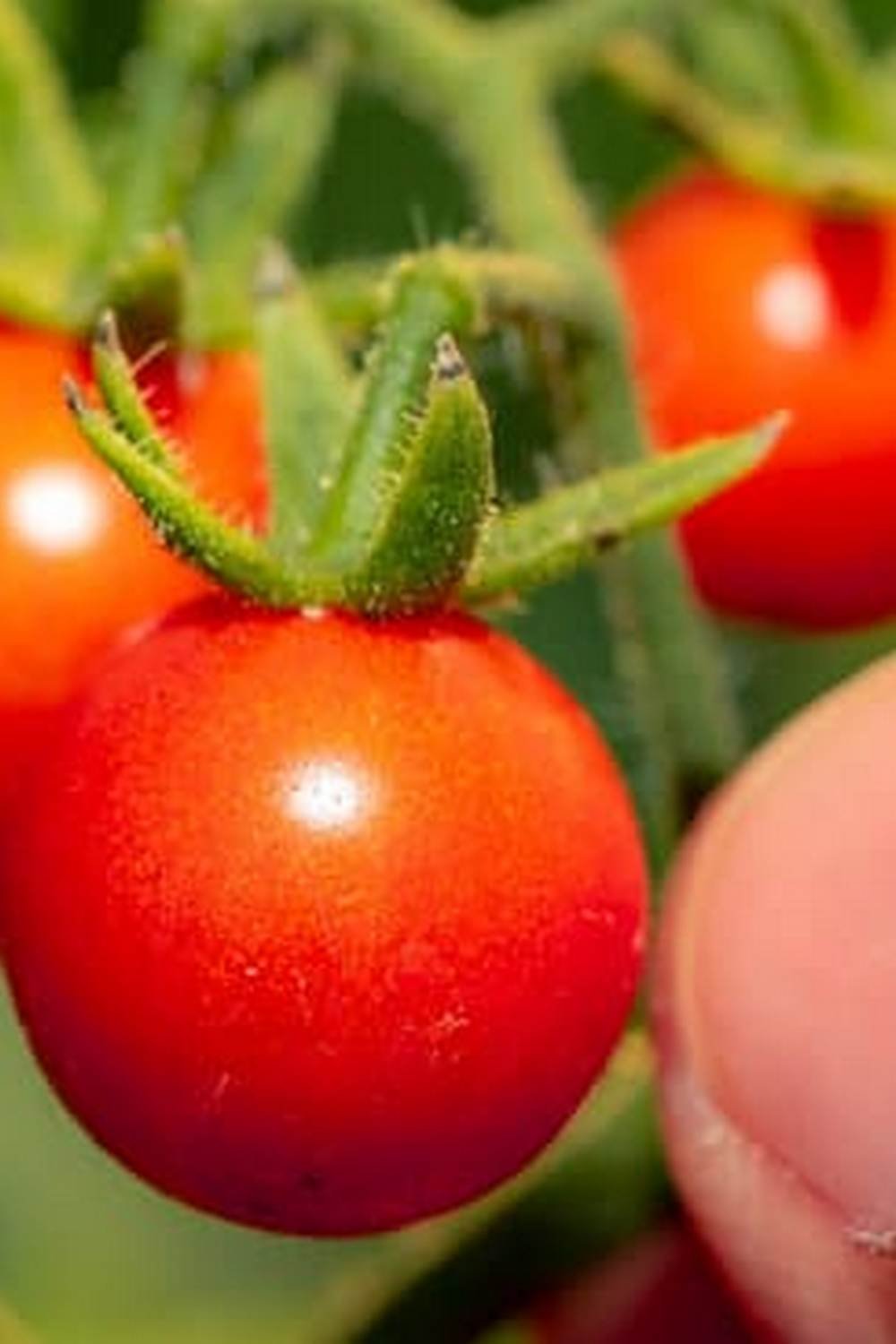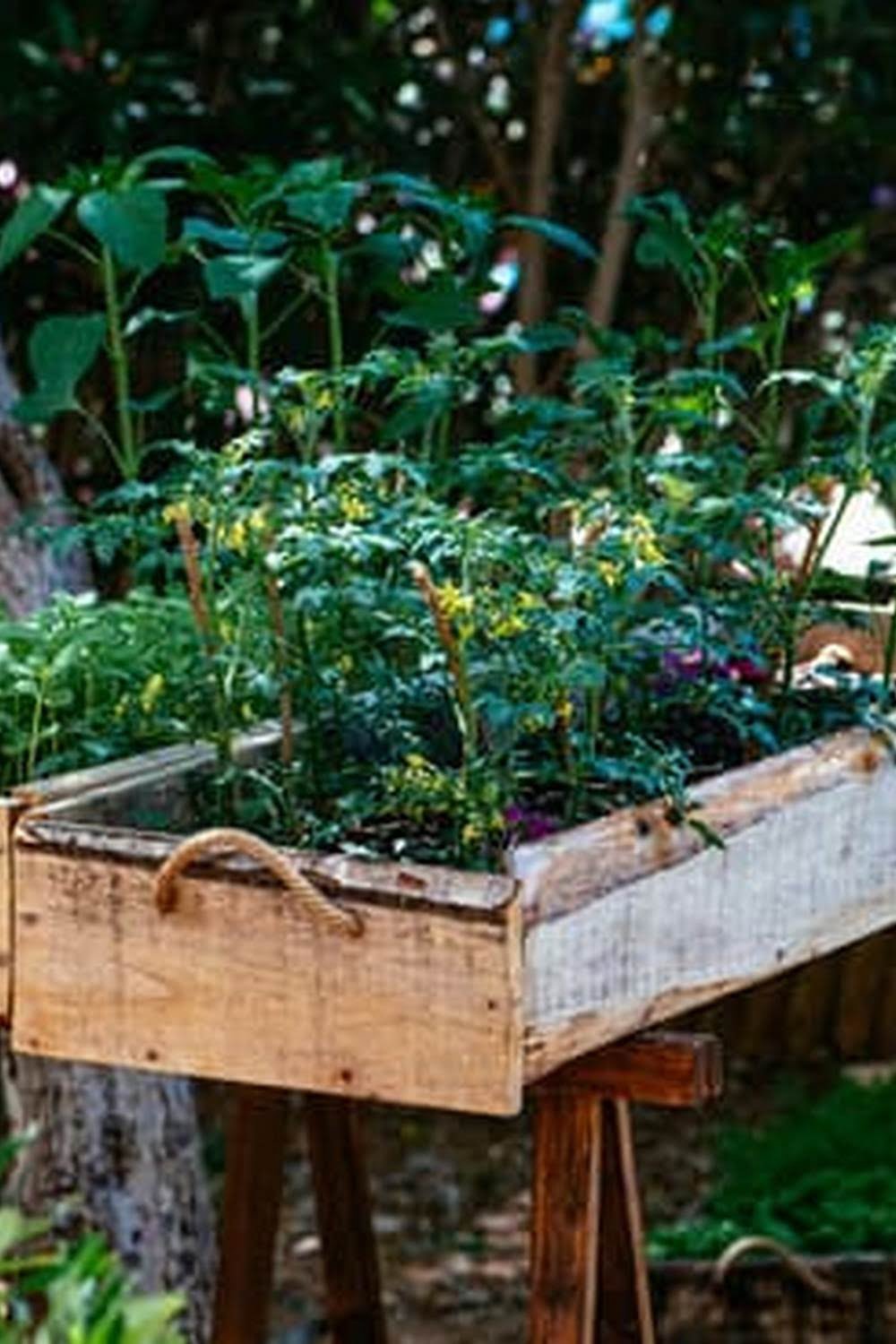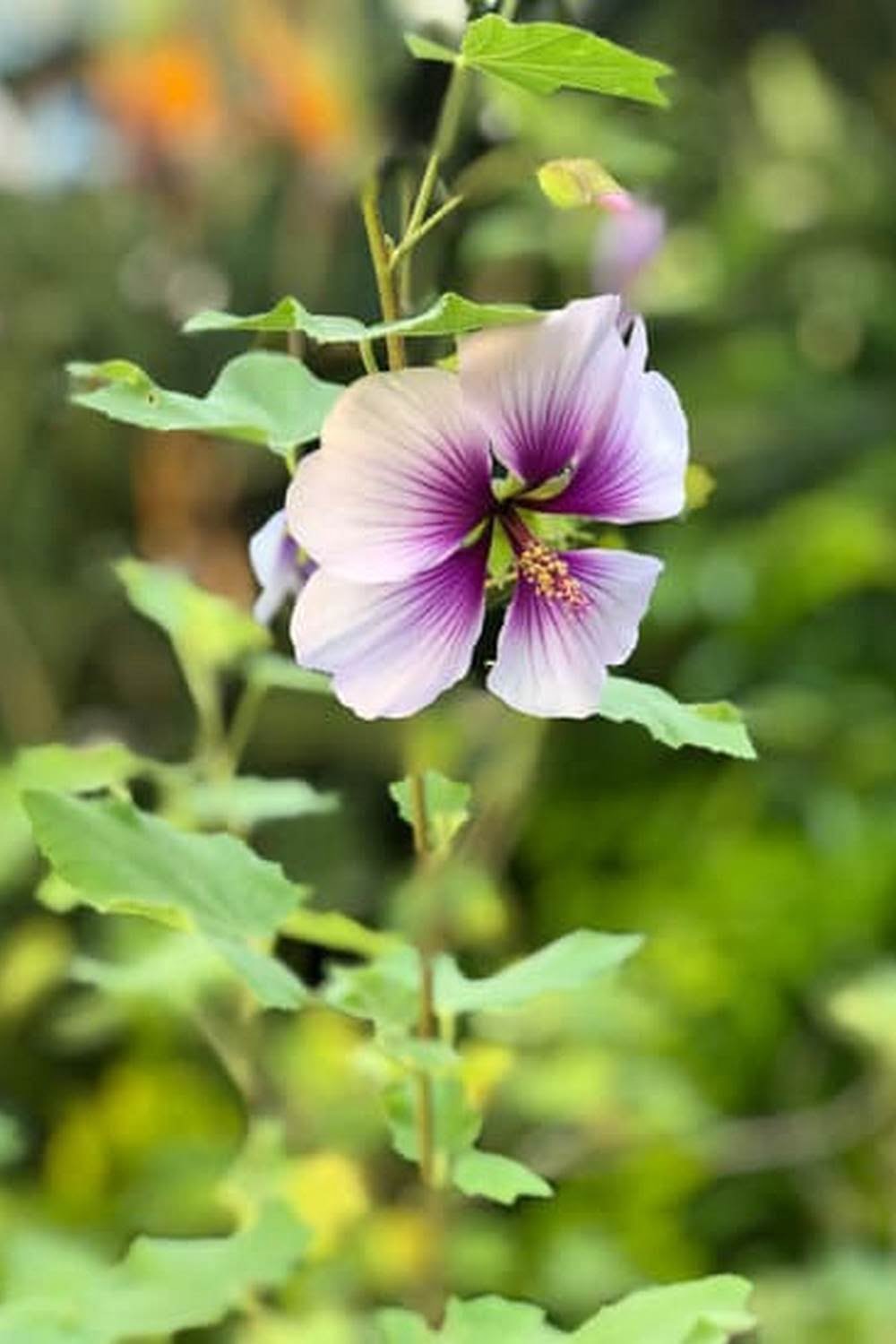Introduction
Using insect repelling plants in your vegetable garden is an effective, nature-friendly way to keep pests away that doesn’t involve harsh chemicals or danger to the environment. Studies have shown that certain plants such as marigolds, garlic and chives are excellent natural deterrents to many types of insects, including aphids, whiteflies, mealybugs and beetles. These easy-to-grow plants can help protect your vegetables from damage caused by these often destructive pests. Additionally, their attractive blossoms provide a beautiful backdrop for your garden throughout the growing season.
The Benefits of using insect repelling plants
Insect repelling plants are beneficial to a vegetable garden as they can help repel harmful insects that would otherwise attack the vegetables, potentially damaging or even killing them. Such plants can also act as a natural pesticide and help limit, or even eliminate the amount of chemical sprays needed while growing the vegetables. One example of success have been noted with rosemary, which emits a strong scent that drives away cabbage moths and carrot flies. Similarly, lemongrass is known to deter whiteflies from attacking citrus trees. This is an effective way to not only protect food crops but also to reduce our reliance on more hazardous pesticides. Other insect repelling plants include basil, chives, garlic, onion, lavender, mint and marigolds which when planted around specific desirable fruits or vegetables will repel unwanted pests such as Japanese beetles and Colorado potato beetles. All in all, these unconventional methods have proven to be successful time and time again by providing sustainable pest control solutions.
Popular Insect Repellent Plants
• Marigolds: These are perhaps the most well-known insect repelling plant. Their bright colors, and pungent scent, make them excellent bug deterrents, particularly against aphids. When planted around vulnerable vegetable crops, they can help keep pests away.
• Garlic: Fragrant and strong, garlic is a great bug repellent for many different gardening scenarios. Planting it in spots near your vegetable garden will help ward off pesky invaders like aphids, mosquitoes, and ants.
• Chrysanthemums: As with marigolds, chrysanthemums are both colorful and pungent. The flowers contain a compound called pyrethrum which has been shown to have effective insect repelling properties. It’s also used in some natural insecticides.
• Feverfew: This white or yellow flower is a powerful insect repellent because of its strong odor that insects cannot stand. It’s been said to be especially effective against mosquitoes and other flying bugs, making it an ideal choice for protecting your garden beds from unwanted visitors.
• Basil: Not only is this plant as attractive as it is fragrant; basil is also known to have many pest-repelling abilities as well! Insects such as fleas and flies seem especially sensitive to the oil from its leaves so planting them near your veggies could be an effective way to keep those pests away.
• Catnip: Although this herb appears harmless (it’s beloved by cats!), it does contain some chemical components that deter certain types of bugs — including mosquitoes! Its pleasant aroma seems to drive away even the most stubborn of little critters so having one or two plants in your garden isn’t a bad idea if you want to protect it from unwelcome visitors!
Companion Planting with Insect Repelling Plants
1. Marigolds and Nasturtium – Marigolds have a strong scent that deters pests, while bright nasturtium flowers can discourage aphids, whitefly and other similar insects. Plant them around the borders of your garden or together with vegetables like greens, tomatoes, potatoes and squash to keep those pests away.
2. Garlic and Onion – These plants contain sulfur compounds that are unpleasant to some garden insects, so planting garlic or onions around vegetables will deter beetles and aphids from ruining a harvest.
3. Catnip and Lemon Balm – The fragrant oils in these herbs repel mosquitoes, as well as flies, Japanese beetles, flea beetles grubs and ants. Plant catnip near broccoli and lemon balm near cabbage for extra protection against these common pests
4. Dill and Basil – Planting these two herbs together is a great way to keep such pests as cabbage loopers from devouring your vegetable plants before you get the chance to enjoy them-though do be aware that dill does sometimes attract beneficial insects as well. Be sure to give it its own row so that it’s easier to monitor any visitors that come along!
5. Borage – Planted in between tomato plants, borage makes an excellent companion plant since it both helps pollinate the plants while also repelling tomato worms plus potato bugs. The fuzzy foliage may even help repel aphids too!
Safety Tips for Gardening with Insect Repellent Plants
Advantages: Insect repelling plants can be a safe and cost effective way to ward off pesky insects from ruining your vegetable garden. These plants naturally secrete oils, fragrances, or other compounds that serve as a deterrent but won’t harm humans. Insect repellent gardens can blend into the overall design of the garden, making them an attractive and functional choice for dealing with pests.
Disadvantages: As with any pest control method, there may be some disadvantages when using insect repelling plants. Gardeners should be aware of what plant species are nearby in order to monitor for any negative effects on beneficial insects or plants. Additionally, some plants may become overused if too many are planted together. Lastly, scent-based repellents may only work for as long as the fragrant oil is present on the leaves. This means fragrance-based plants may need to be replaced regularly in order to maintain effectiveness.
Safety Tips: While insect repelling plants can provide a great solution for dealing with pests in a garden setting, care should always be taken when using them. When planting these varieties, choose varieties that are safe and non-toxic to humans or animals including cats and dogs. Be sure to keep logs of which varieties were planted and where they are located so they can remain monitored over time. If pesticides or other chemicals must also be used in combination with these insect repelling plants, remember to properly store them away from both children and pets when not in use and follow all safety instructions on labels carefully before applying products in home gardens.
Conclusion
In this blog post, we discussed the various insect-repellent plants and herbs that can be used to help control pests in a vegetable garden. We explained how certain plants may contain certain chemicals or oils that reduce or inhibit pest presence in the vegetable garden. Lavender, rosemary, marigolds, and garlic are some of the most popular insect-repelling plants for vegetable gardens. Additionally, we highlighted the importance of creating a diverse ecosystem surrounding your vegetable garden by planting several varieties of flowers and other plant life that can boost biodiversity and act as natural pest deterrents.
By incorporating a diversity of pest-repellent plants into the landscape surrounding your vegetable garden, you can create an effective barrier against many types of pests while improving soil health and providing sustenance for beneficial insects such as bees, butterflies and more. Additionally, by adding different varieties of harvested crops to the mix you can ensure that if one crop is severely affected by pests there are still plenty of other crops to harvest; making it easier to sustain your vegetable plot all season long.

If you’re looking to get into vegetable gardening, or are just looking for some tips on how to make your current garden better, then you’ve come to the right place! My name is Ethel and I have been gardening for years. In this blog, I’m going to share with you some of my best tips on how to create a successful vegetable garden.





